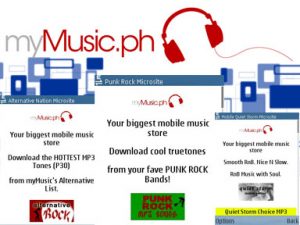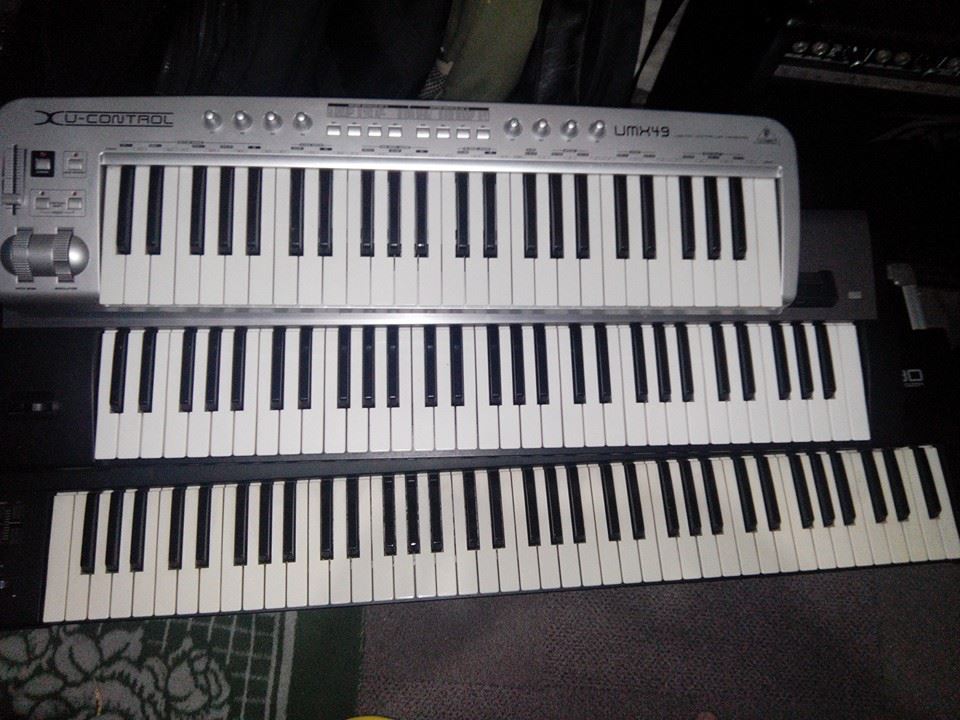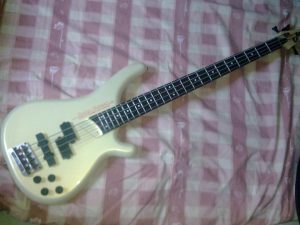In 1997, I got my very own first personal computer. I recall I bought it in greenhills (viramall). I got my PC with an internal modem as a bonus. And so I attached my modem to my extension phone line.
During that night of december 24, while everyone was busy preparing for noche buena and wrapping all the gifts, I was left alone in my pad tinkering with my new toy. I recall I got my PC with windows 95. I played solitaire, pinball, and all those default games of windows. I was able to borrow floppy disk copies of a few sierra games (police quest, leisure suit larry, kings quest, etc) from my aunt but got tired of it since I have already finished all of them before.
I didnt really know what to do with the modem, so I called up a fellow musician whom I knew had a great computer set up at home. He introduced me to BBSing. BBS is bulletin board system. During those times, the internet was too expensive. There were no prepaid cards yet, and all you can do to get an internet connection was to subscribe to it with monthly bills for a specific hours alloted. I still could not afford that. So BBSing was the option for me. A BBS is a service where the host PC is connected to a modem and awaits data callers who wishes to connect modem to modem. Most of these are free. You have to use hyperterminal (windows default program) in order to make a data call. And so I was given a few numbers to call. Upon connection I was confronted with an ascii designed menu and was asked to register. Once registered I have to be verified in two stages. First was the call back where in you have to hang up your connection and the host will call you to verify autenticity of your number. The second stage was when the sysOp of that BBS will call you by voice to verify your identity. The main idea of BBS was file sharing, messaging via mail packets (similar to forums but you download your subscribed discussion group, reply to them offline and upload your replies), and a few online games such as L.O.R.D. (basically a text based game).
Upon verified, I started browsing on what are the files available for download. I picked up the Philippine BBS list first compiled by Joel Mique. This was a text file of all the BBS in the philippines including details such as the SysOp, telephone number and what time it is ready for data calls. Most of these BBSes are created by hobbyist and so they only alot a few hours (usually at night when the phone is not in use). Popular BBS software used were wildcat, maximus, triBBs and PowerBBS. The most popular BBSes were livewire philippines who used to run 5 nodes (or numbers to call), This was run by eddie salonga and is still running until now. You can check out the list of bbs before here .
You will notice my name in the list. A few hours of BBSing and I was conviced I have to run my own BBS board. So I set up Kimsnet BBS running on wildcat. At first I decided to serve midi and other music related files. But when users started uploading sexy pictures, Kimsnet BBS became popular. At one point I had 3000 on my userlist. Kimsnet BBS was also an active part of the community of BBSes during eyeballs and other computer gatherings. Even the police had their own BBS and assigned two officers to attend BBS eyeballs. This gave winks and grins to BBSers who are into adult files.
BBSing was the birth of my online thing which eventually became nolits.com – a network portal of web enthusiasts. Nolits.com later gave birth to nolithosting, a web hosting company with quality, affordable and secured service. This explains my humble beginnings going online. Exactly 10 years ago.






